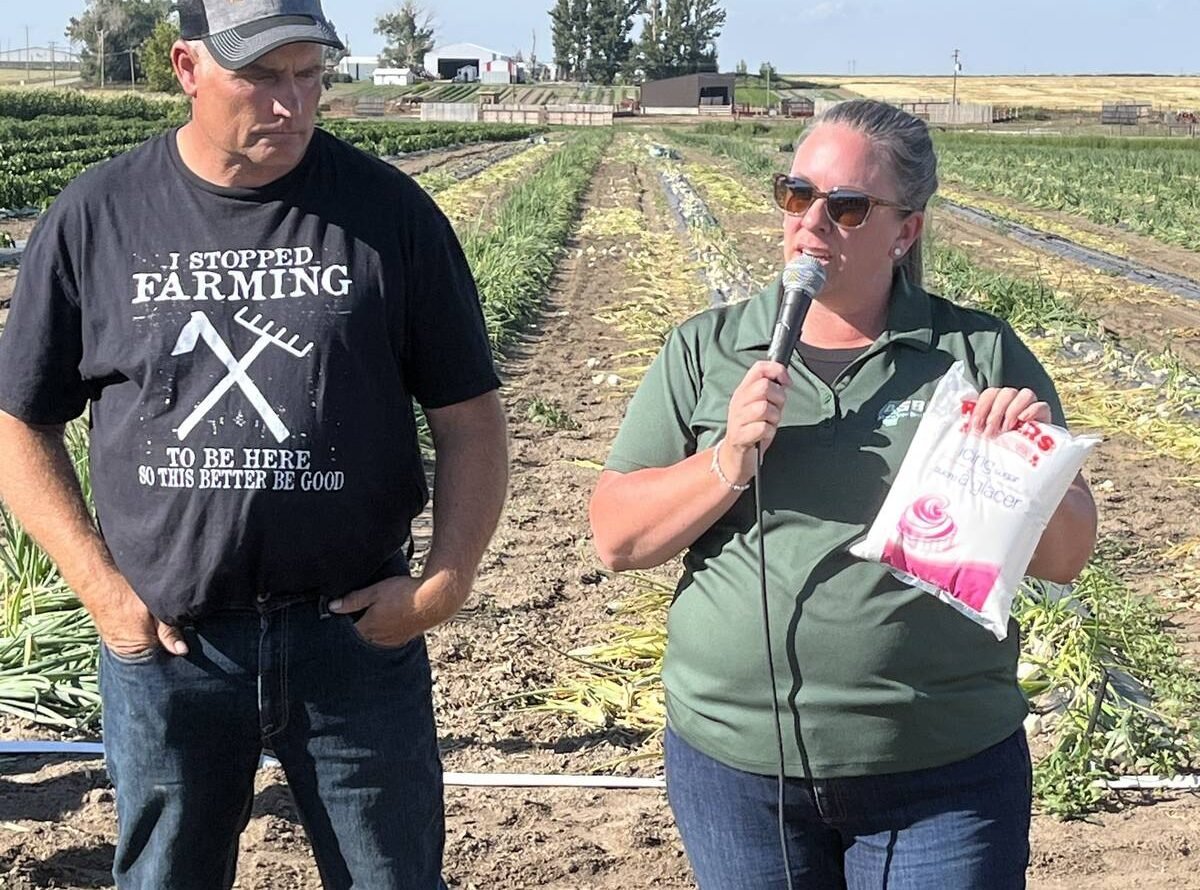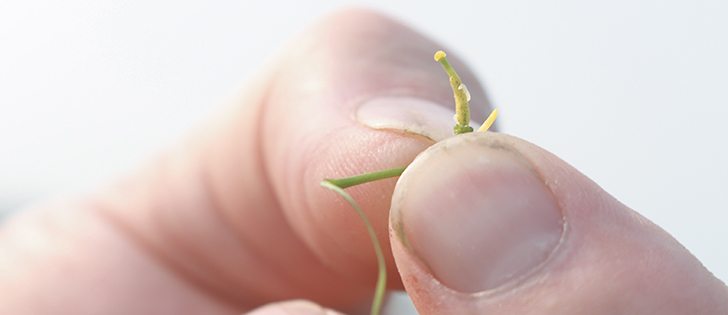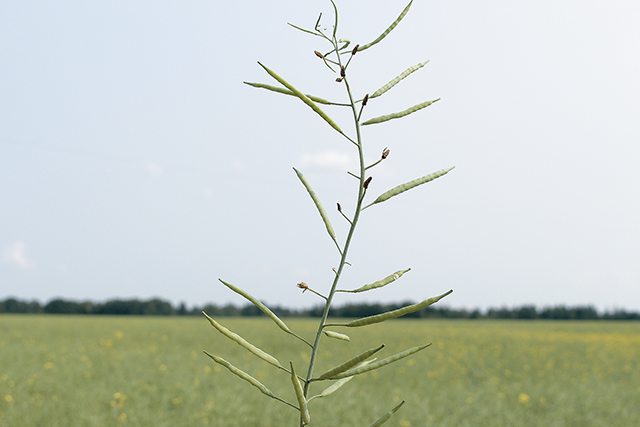Return engagement | Biological, conventional controls being explored
Swede midge, the new bug on the Prairies since 2007, is back once again this year.
Jeff Smith, a crop adviser in the Prince Albert-Nipawin area of Saskatchewan, has checked about 10,000 acres of canola and every field has had varying degrees of swede midge in it. However, there are fewer than last year and it showed up later this year.
“I think the big message here is we got the swede midge. We’ve got to keep an eye on it and see if we can find a control for it,” said Smith.
The bug has been a main area of research for Julie Soroka at the Saskatoon Research Centre, Agriculture Canada.
“The epicentre of the epidemic was the Nipawin-Carrot River area and in 2013 that spread about 100-150 kilometres west and southwest,” said Soroka.
This year, Soroka has seen the bug spread more to the south, southwest and west again. There is also evidence of the midge near the Manitoba border with more spreading from the original areas the bug was found in around south-central Manitoba. The swede midge has also been found in Alberta.
As well, last week it wasconfirmed near Meota, Sask., far outside the Nipawin-Carrot River epicentre.
Swede midge females lay their eggs in canola. The larvae feed on the plant. The younger the plant is, the greater the damage.
It’s hoped that a biological control will be available before too long.
Soroka said a research associate, Lars Andreassen, noticed that a braconid wasp appeared to deposit eggs inside the swede midge. It could be a species that parasitizes swede midge, which would help control populations, but more research is necessary.
Read Also

Alberta’s beets a sweet domestic segment in Canada’s sugar supply
The sugar beet industry is showcased during a Farm to Table tour, as Taber features the last remaining sugar beet processing plant in all of Canada.
Saskatchewan entomologist Scott Hartley said the cold winter could have delayed swede midge’s appearance this year, but he added the cool spring likely had more to do with the later appearance.
Swede midge, like other bugs, need a certain amount of heat accumulation to develop and emerge.
Soroka said several questions remain for researchers to answer.
“[We] still need to determine the life cycle. We want to be able to predict when the first adults will emerge, as well as looking at control options. I would like to examine host plant resistance that has been developed for wheat midge. That would be ideal so we don’t have to spray a crop in bloom.”
















